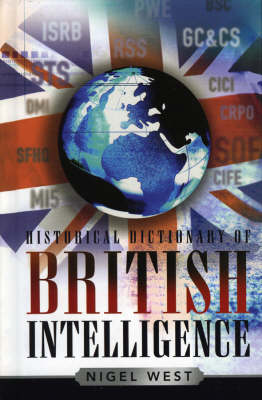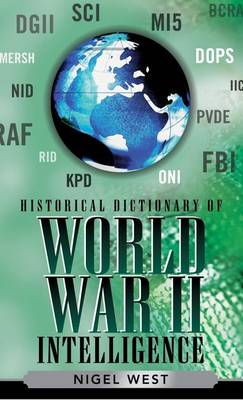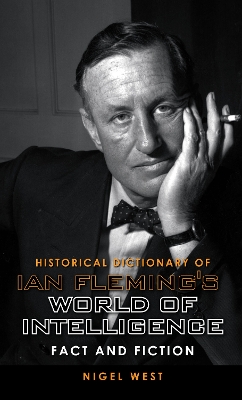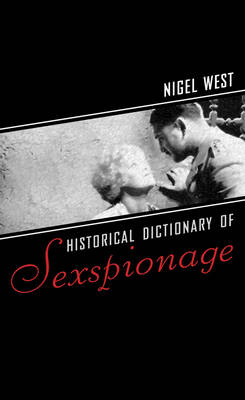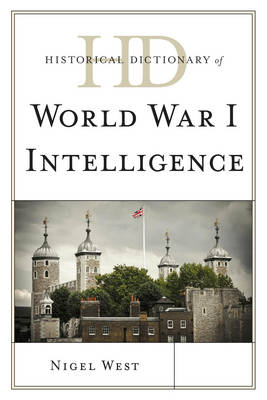Historical Dictionaries of Intelligence and Counterintelligence
1 primary work • 6 total works
Book 1
The Historical Dictionary of World War II Intelligence tells the emerging history of the intelligence world during World War II. This is done through a chronology, an introduction, a bibliography, and hundreds of cross-referenced dictionary entries on the secret agencies, operations, and events. The world of double agents, spies, and moles during WWII is explained in the most comprehensive reference currently available.
Historical Dictionary of Ian Fleming's World of Intelligence
by Nigel West
The Historical Dictionary of World War I Intelligence relates this history through a chronology, an introductory essay, an appendix, and an extensive bibliography. The dictionary section has over 400 hundred cross-referenced entries on intelligence organizations, the spies, and the major cases and events of World War I. This book is an excellent access point for students, researchers, and anyone wanting to know more about the world of intelligence in World War I.
